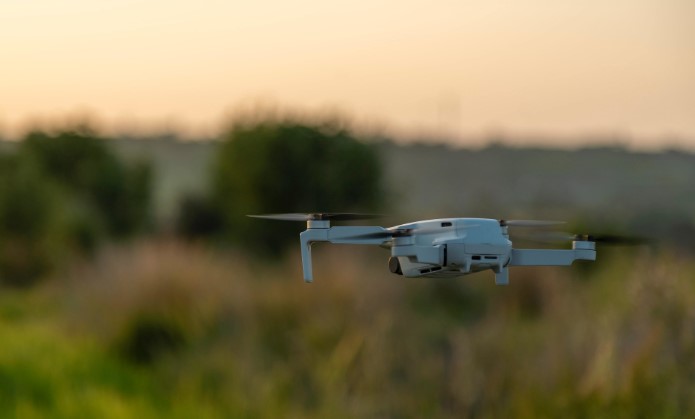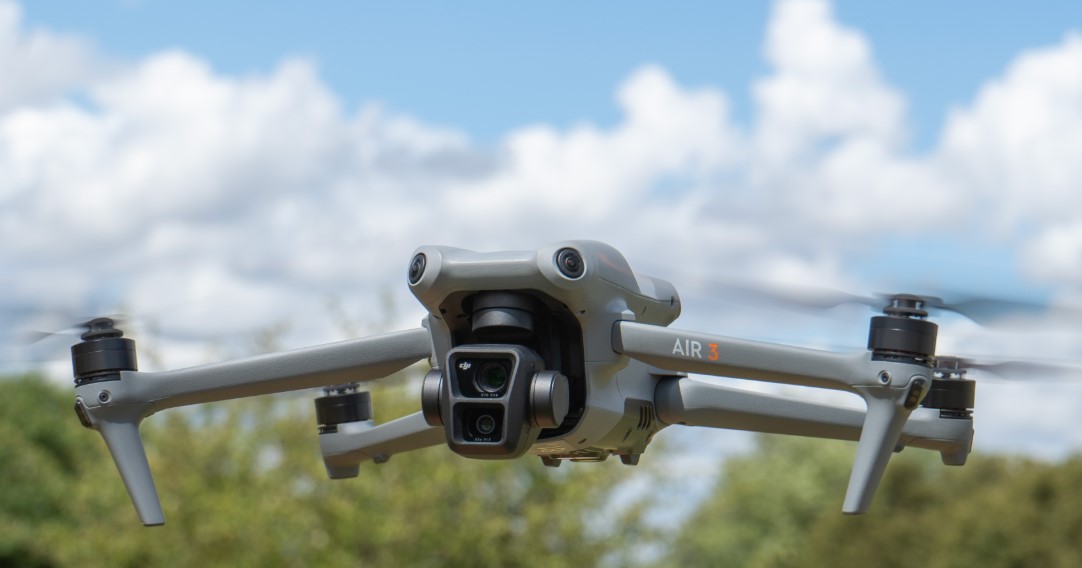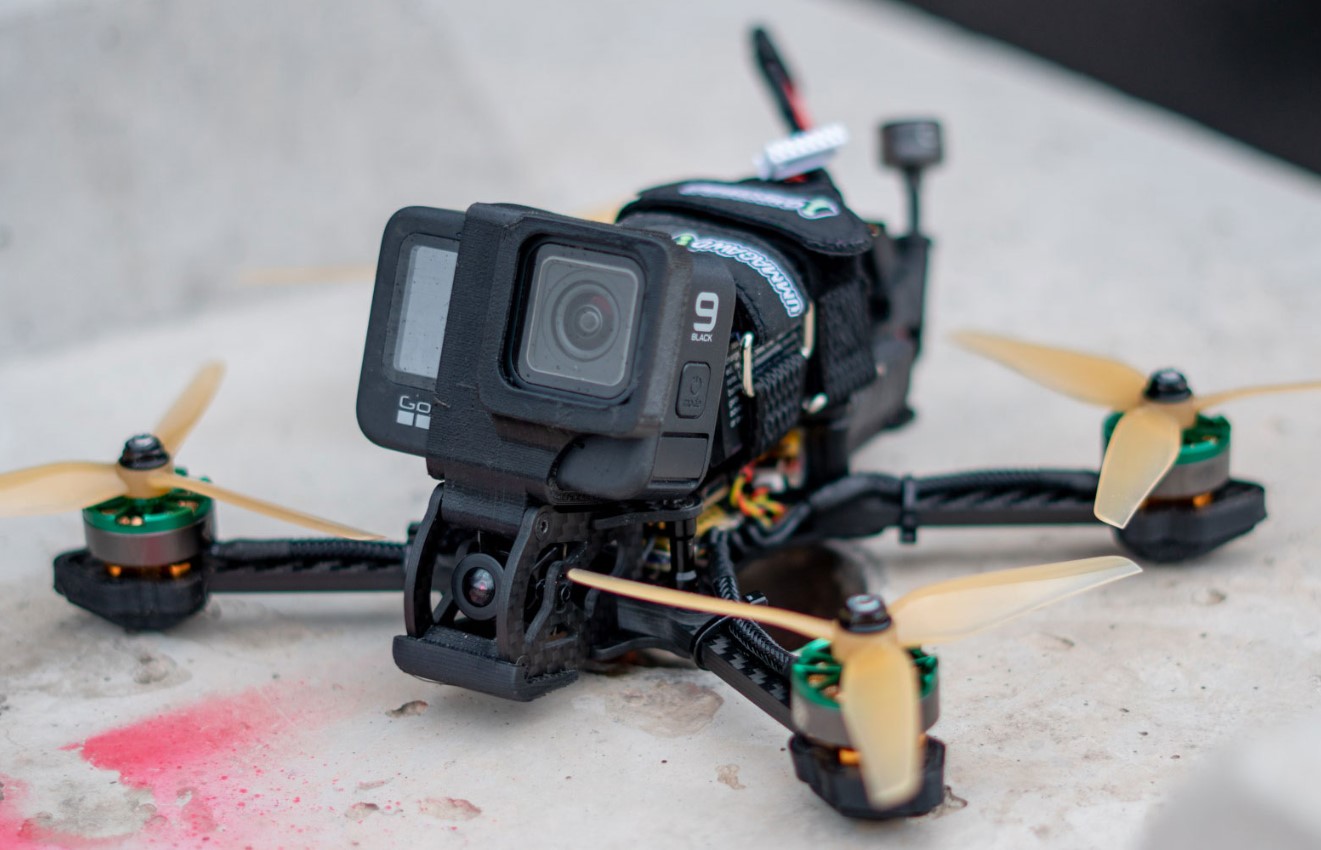Drone fishing has become a revolutionary way to enhance traditional angling, offering anglers the ability to scout large water areas, drop bait precisely, and capture thrilling aerial footage of their fishing adventures. However, as this technology grows in popularity, questions about its legality in different jurisdictions, including Texas, have come to the forefront. If you’re an angler wondering, Is drone fishing legal in Texas?, this Dronevoz.com will provide a thorough breakdown of the legal framework, benefits, and practical guidelines for using drones in fishing activities.
Understanding Drone Fishing
Before diving into the legalities, it’s essential to understand what drone fishing entails. Drone fishing involves using drones equipped with cameras, GPS, and bait-release mechanisms to locate fish and drop bait in specific locations. Drones can also help anglers explore hard-to-reach spots, such as offshore areas or secluded fishing spots. This method has opened up new opportunities for both recreational and professional anglers, providing better precision and efficiency than traditional fishing methods.
However, drone fishing has raised concerns among wildlife agencies about potential overfishing, disruption of ecosystems, and fairness in sportsmanship. Because of this, many states, including Texas, have established rules and guidelines to regulate its use.
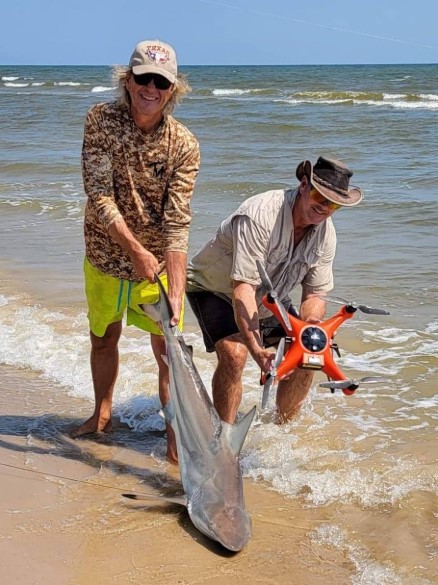
Is Drone Fishing Legal in Texas?
Yes, drone fishing is legal in Texas, but it is subject to specific rules and regulations set forth by the Texas Parks and Wildlife Department (TPWD) and federal aviation authorities. Understanding these regulations is crucial to ensure you stay compliant while enjoying this innovative method of fishing.
Adherence to Fishing Regulations
The Texas Parks and Wildlife Department oversees all fishing activities in the state, including those involving drones. Here are the key points anglers should keep in mind:
- Fishing License Requirements: All individuals engaging in fishing, whether with or without drones, must have a valid Texas fishing license. This includes both freshwater and saltwater fishing licenses, depending on the location.
- Species Limits: Drone fishing must comply with the state’s rules on bag limits, size limits, and protected species. For example, anglers must respect the restrictions on species like red drum, speckled trout, and largemouth bass.
- Prohibited Areas: Some areas, such as wildlife refuges and protected waters, may prohibit drone usage entirely to safeguard sensitive ecosystems. Always verify whether drones are allowed in your chosen fishing spot.
Compliance with Drone Regulations
In addition to fishing regulations, drone operators must also follow the Federal Aviation Administration (FAA) guidelines and state-specific drone laws. Key requirements include:
- Drone Registration: If your drone weighs more than 0.55 pounds, you are required to register it with the FAA.
- Line of Sight: The FAA mandates that drones must always remain within the operator’s visual line of sight. This means you cannot fly your drone too far offshore or into areas where you cannot see it clearly.
- No Interference with Wildlife: Texas law prohibits the use of drones to harass or disturb wildlife. While scouting for fish, ensure your drone’s activities do not disrupt marine life or birds in the area.
- No Night Flights: Flying drones at night without proper lighting is prohibited. If you plan to fish during dawn or dusk, make sure your drone is equipped with appropriate lighting.
- Restricted Airspace: Avoid flying drones in restricted areas, such as near airports, military bases, or designated no-fly zones.
Benefits of Drone Fishing in Texas
Drone fishing offers numerous advantages, especially in a state like Texas, which boasts an abundance of freshwater lakes, rivers, and a vast coastline along the Gulf of Mexico. Here are some benefits:
- Expanded Reach
Traditional casting methods often limit anglers to specific areas within their casting range. Drones enable anglers to reach deeper waters or areas beyond traditional casting limits, increasing their chances of catching larger fish.
- Enhanced Precision
With high-definition cameras and GPS technology, drones allow anglers to scout for fish more effectively. They can identify schools of fish, underwater structures, or ideal fishing spots, ensuring more targeted and successful fishing.
- Improved Bait Deployment
The bait-release mechanism in drones allows for precise bait placement. Whether you’re fishing for redfish in Galveston Bay or catfish in Lake Texoma, drones can help you place bait exactly where fish are likely to be.
- Aerial Footage and Memories
Drone fishing isn’t just practical—it’s also exciting. Capturing aerial footage of your fishing trip can create lasting memories and stunning visuals to share with friends, family, or social media followers.
>>> Read More: Top 5 Best Fishing Drone With Bait Release
Best Practices for Drone Fishing in Texas
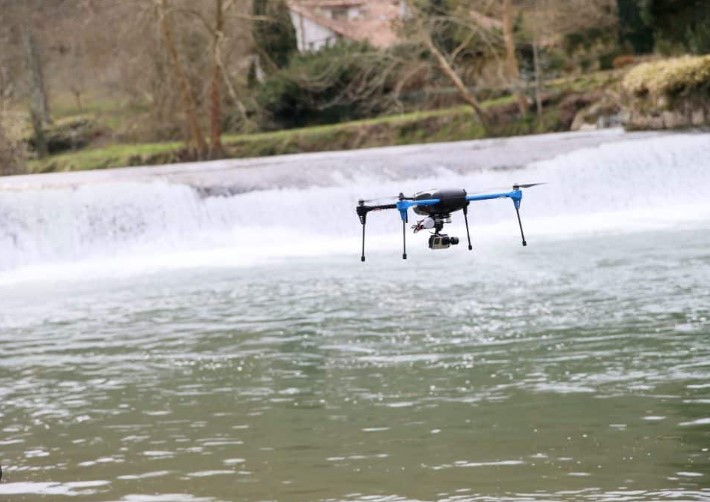
To make the most of your drone fishing experience while staying within the legal boundaries, consider these best practices:
- Research Your Location
Before heading out, research the fishing location to ensure drones are permitted. Check for any local restrictions, protected wildlife areas, or seasonal rules that may impact your plans.
- Invest in Quality Equipment
Using a durable drone designed for fishing is crucial. Look for features like long battery life, waterproofing, and a reliable bait-release mechanism. Popular models like the DJI Phantom 4 Pro and SwellPro SplashDrone are excellent options for anglers.
- Respect Nature
While drones can enhance your fishing success, it’s important to use them responsibly. Avoid flying too close to nesting birds, disturbing marine mammals, or polluting waterways with debris.
- Practice Safe Flying
Ensure you are familiar with your drone’s controls and capabilities. Practice flying in open areas before using your drone for fishing. Carry extra batteries, as drone fishing can be power-intensive.
- Follow Ethical Fishing Practices
Drone fishing should enhance your angling experience, not compromise sportsmanship. Avoid overfishing or exploiting the technology to unfairly target fish populations.
Legal Consequences of Non-Compliance
Failing to adhere to Texas’ fishing and drone regulations can result in fines, penalties, or even confiscation of equipment. Common violations include fishing without a license, exceeding bag limits, or flying drones in restricted areas. Anglers caught harassing wildlife with drones may face additional legal consequences, including charges under the Texas Parks and Wildlife Code.
To avoid these issues, always familiarize yourself with the relevant laws and seek clarification if needed. The Texas Parks and Wildlife Department’s website and the FAA’s drone regulations page are excellent resources for updated guidelines.
Future of Drone Fishing in Texas
As technology continues to advance, drone fishing is expected to grow in popularity. While Texas currently permits the practice under specific guidelines, ongoing discussions around sustainability and wildlife protection could lead to stricter regulations in the future.
Anglers who use drones responsibly can play a role in shaping the future of this activity by demonstrating that it’s possible to balance technological innovation with environmental stewardship. By adhering to the rules and respecting the environment, you can enjoy drone fishing while preserving Texas’ rich fishing heritage for generations to come.
>>> Read: Is Drone Fishing Legal in Hawaii?
Conclusion
So, is drone fishing legal in Texas? Yes, but it comes with important responsibilities. By following state fishing regulations and FAA drone laws, anglers can enjoy the benefits of this exciting technology without running afoul of the law. From scouting hard-to-reach fishing spots to capturing breathtaking footage, drone fishing opens up new possibilities for anglers across Texas’ diverse waters.
Whether you’re a seasoned angler or a curious beginner, drone fishing can elevate your experience. Just remember to stay informed, fish ethically, and respect the environment. By doing so, you can make the most of your drone fishing adventures while staying on the right side of the law.
